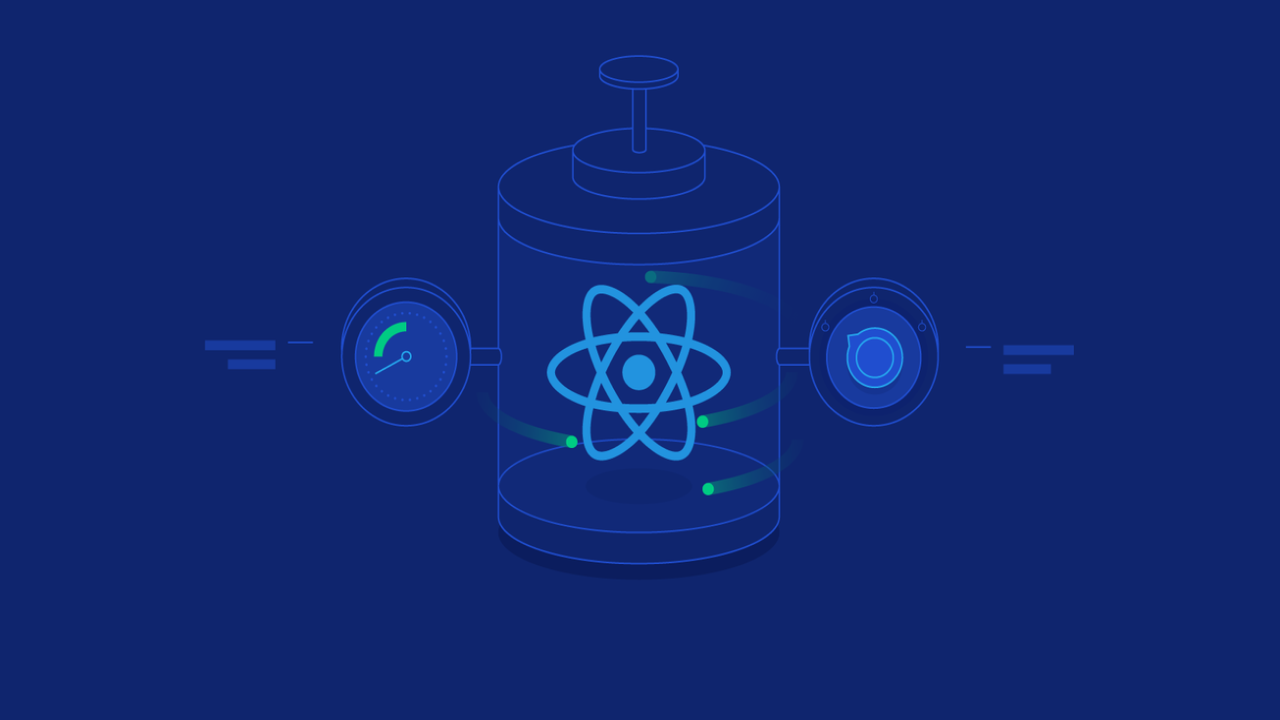Imagine you’re a chef in a high-end restaurant. Your kitchen is your development environment, your recipes are your code, and the hungry clients are your app users. Just as a chef aims to optimize the kitchen’s operations to serve dishes faster without compromising quality, a React developer strives to enhance app performance to deliver a seamless user experience.
When you hire React developers it is similar to having specialized chefs who know exactly how to blend ingredients to create a perfect dish efficiently. These developers have expertise in the field and can increase the quality as well as timelines of projects.
- Component Optimization Strategies
Portent did research and found out that a site that loads in one second has a 5 times higher conversion rate than a site that loads in 10 seconds. It shows the importance of why developers need to create apps with better performance.
- Use Functional Components with React Hooks
These are easier to manage and test. Hooks like useState and useEffect make sharing and handling state and side effects simpler in your application.
- Memoization to Prevent Unnecessary Renders
Utilize React.memo for functional components to memorize the output of a function with given arguments. This prevents re-rendering unless it’s necessary, enhancing performance.
- Code Splitting
Just as a chef prepares ingredients based on the orders, React allows you to split your code so that users load only what they need when they need it.
This technique, known as code splitting, can be implemented using React.lazy for component imports and Suspense to handle the loading state. It ensures that the starting load of the app is light and fast, thus it increases the overall speed.
- Effective State Management
In a bustling kitchen, effective communication is key to ensuring that every dish is prepared correctly and on time. In the same way, effective state management plays an important role in a React app. Tools like Redux or Context API can help manage states more predictively and maintain a clean global state architecture.
Why State Management?
- Predictability
With centralized state management, it’s easier to track, debug, and manage the application state, reducing bugs and glitches.
- Maintainability
It simplifies the development and maintenance of large applications by providing a clear and logical structure for state management.
- Optimizing Performance Metrics
Monitoring performance metrics is like a regular health check-up for your app. You can use tools like Chrome DevTools because they make it easy to analyze the performance of your React app. Focus on key metrics such as:
- Load Time
How quickly do the contents of your app become visible?
- Time to Interactive
How long does it take for your app to become interactive?
- JavaScript Execution Time
Minimize the time your JavaScript takes to execute to speed up how quickly your app can start processing user interactions.
Conclusion
Optimizing the React app’s performance is not a one-time process. You need to work on it continuously and it needs regular adjustments and updates. Following these techniques makes it easy to improve the user experience and the overall quality of the app.
You May Also Read: Six Types of Social Media and How Your Business Can Gain from Them






